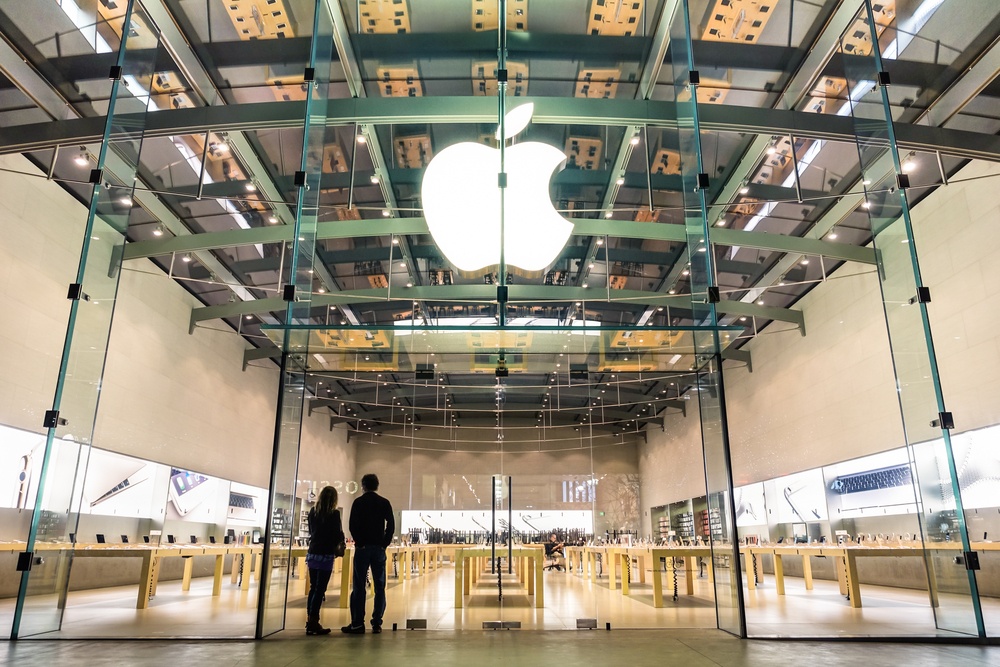Key Takeaways:
- Apple’s Support app now uses Liquid Glass design.
- AI diagnostics speed up problem solving.
- The app offers help in many languages.
- Clear, fluid screens guide people step by step.
- The move boosts business and user happiness.
Liquid Glass Refreshes Apple Support App
Apple updated the Support app with the bold Liquid Glass design. It adopts smooth shadows and glowing edges. Moreover, it mirrors the fresh look of iOS 26. As a result, users see soft animations and curved panels. The new style feels bright and airy. Plus, it links all Apple devices in a common look. This change fits Apple’s goal to share design across its world.
The Liquid Glass design also adds depth effects. When you scroll, backgrounds shift gently. Buttons look like they float on screen. Interfaces now seem alive yet simple. Fans say the style feels modern but familiar.
Liquid Glass Powers Smooth Troubleshooting
Inside the revamped app, tools work smarter than before. AI-driven diagnostics run quick tests on devices. They spot issues in seconds. In addition, the app suggests fixes in clear steps. Therefore, people need less help from a support agent.
The Liquid Glass design highlights results clearly. Errors show in red-tinted cards. Success messages glow with soft green rings. Shadows guide you through each step. That way, every screen feels intuitive. Plus, speech bubbles and icons follow the same fluid style. This makes it easy to read and follow.
Supporting different languages also got an upgrade. The app now speaks more than ten languages seamlessly. AI translates tips in real time. Therefore, global users can get help in their native tongue. Moreover, voice prompts offer hands-free support. This is key for people who type slowly or need quick answers.
Enterprise Gains and User Smiles
Businesses using Apple gear find big benefits too. Liquid Glass design helps staff learn new tools faster. Clear icons and animations reduce training needs. In turn, teams fix issues without calling IT. As a plus, the AI logs each diagnostic. Companies can then spot recurring problems. They can plan maintenance before things break.
Meanwhile, workers enjoy the bright new style. The fluid interface looks fun and fresh. When apps feel more playful, people stay more engaged. That boosts morale. Over time, employees report fewer tech headaches. Companies see fewer support tickets. In addition, this frees up resources for other work.
For everyday users, the new app feels like a treat. Liquid Glass makes each step pleasing to the eye. Smooth transitions reward each tap. People feel more in control of their devices. They fix minor issues faster. That means less downtime and more happy faces.
Facing the Adoption Road
However, not everyone may update right away. Some older devices might not run the new design. Also, trained support staff need time to learn new flows. Apple must offer clear guides and training videos. That will help businesses switch smoothly. In addition, users will need tips on finding features.
Early reviews suggest some people find the style too bright. Others say the shadows and glows hide text. Apple must tweak contrast and legibility. Next updates will likely balance beauty with clarity. In the end, user feedback will guide the final tweaks.
Similarly, global rollout must handle local rules. Not all languages may appear at once. Apple will roll out updates in phases. That way, it can fix bugs for each region. In addition, it will test how AI handles complex cases across cultures.
Why Liquid Glass Matters for the Future
Liquid Glass represents more than a pretty face. It lays the foundation for a new mobile interface standard. In time, other Apple apps will adopt the style. That creates a consistent experience across devices. It also pushes rivals to rethink their design.
Beyond looks, the design aims for more human-like interactions. The soft highlights and floating elements mimic real glass. That makes apps feel tactile, even on a flat screen. As people grow used to this style, they will expect it everywhere.
Moreover, using AI in support apps shows the next wave of help tech. Soon, Apple may add video guides and live chat. Or even use augmented reality for hands-on repair. This update feels like a first step toward a smarter, more natural help app.
In addition, Liquid Glass can adapt to user needs. Apple might offer custom themes or advanced voice controls. Developers could build custom modules in the same style. This will deepen the ecosystem.
Finally, this update shows Apple’s big bet on design and AI. It proves the company still values smooth, clean visuals. At the same time, it shows a push for smart, efficient support tools. For businesses and regular users, this means faster fixes and less stress.
Frequently Asked Questions
What is Liquid Glass in Apple’s app update?
Liquid Glass is Apple’s fresh look for its apps. It uses soft shadows, glowing edges, and smooth animations. The design aims to feel airy and tactile on screen.
How does AI improve diagnostics in the Support app?
The app runs quick tests on your device using AI. It then shows clear results and guides you through fixes. This cuts down on tech calls and speeds up repairs.
Can I use the new Support app in my language?
Yes. The app now offers help in over ten languages. It uses AI to translate tips in real time. Voice prompts also assist users who prefer spoken support.
Will the Liquid Glass design come to other Apple apps?
Yes. Apple plans to roll out Liquid Glass to more apps over time. This will create a unified look across iPhones, iPads, and Macs.

